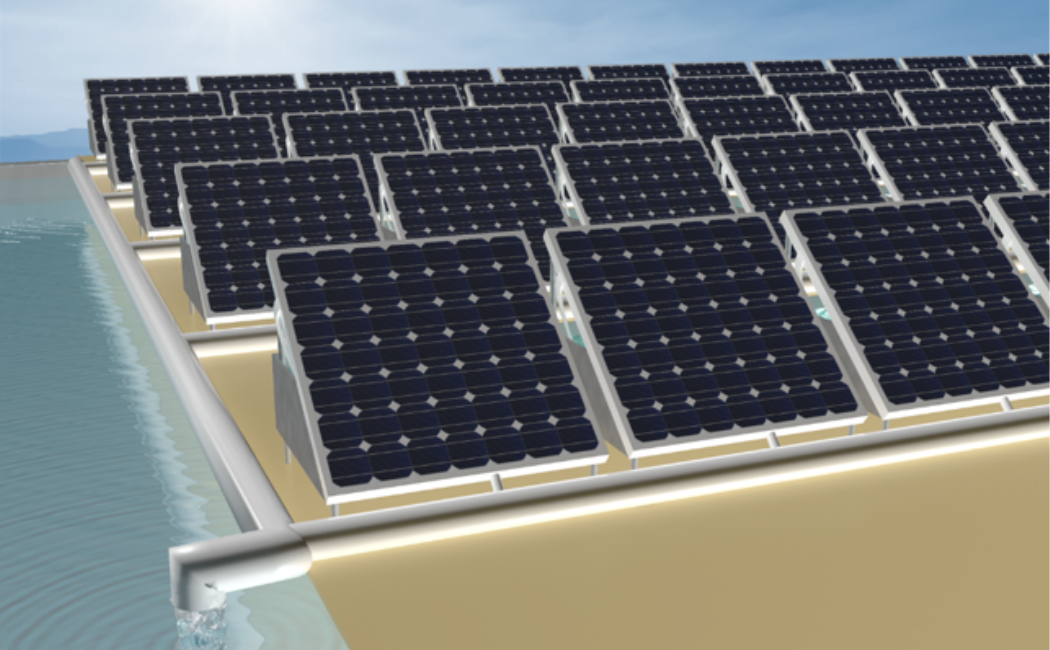
22 May, 2019

Simultaneous Production of Fresh Water and Electricity via Multistage Solar Photovoltaic Membrane Distillation
Wenbin Wang1, Yusuf Shi1, Chenlin Zhang1, Seunghyun Hong1, Le Shi1, Jian Chang1, Renyuan Li1, Yong Jin1,2, Chisiang Ong1, Sifei Zhuo1 and Peng Wang1,2,3,*
1Water Desalination and Reuse Center, Division of Biological and Environmental Science and Engineering, King Abdullah University of Science and Technology, Thuwal 23955-6900, Saudi Arabia
2KAUST Solar Center (KSC), King Abdullah University of Science and Technology, Thuwal 23955-6900, Saudi Arabia
3Lead Contact *Correspondence: peng.wang@kaust.edu.sa
Abstract
The energy shortage and clean water scarcity are two key challenges for global sustainable development. Near half of the total global water withdrawals is consumed by power generation plants while various clean water production processes, especially seawater desalination, consume a lot of electricity. The ramifications of the water-energy nexus have been greatly aggravated especially in arid and semi-arid regions. Here, we demonstrate a photovoltaics-membrane distillation (PV-MD) device that can stably produce clean water (> 1.64 kg·m-2·h-1) from seawater and other contaminated water sources while simultaneously having uncompromised electricity generation performance (> 11%) by the PV component under one Sun irradiation. The design uses a commercial solar cell as photovoltaic component for electricity generation and photothermal component for clean water production at the same time. Its high clean water production rate is realized by constructing multi-stage membrane distillation (MSMD) device at the backside of the solar cell to recycle the latent heat of water vapor condensation in each distillation stage. The smart use of the solar energy results in an excellent performance of co-generation of electricity and clean water. Compared to setting up power plants and seawater desalination plants separately, this composite device can significantly reduce capital investment costs by sharing the same land and the same mounting system and thus represents a potential possibility to transform an electricity power plant from otherwise a water consumer to a fresh water producer.